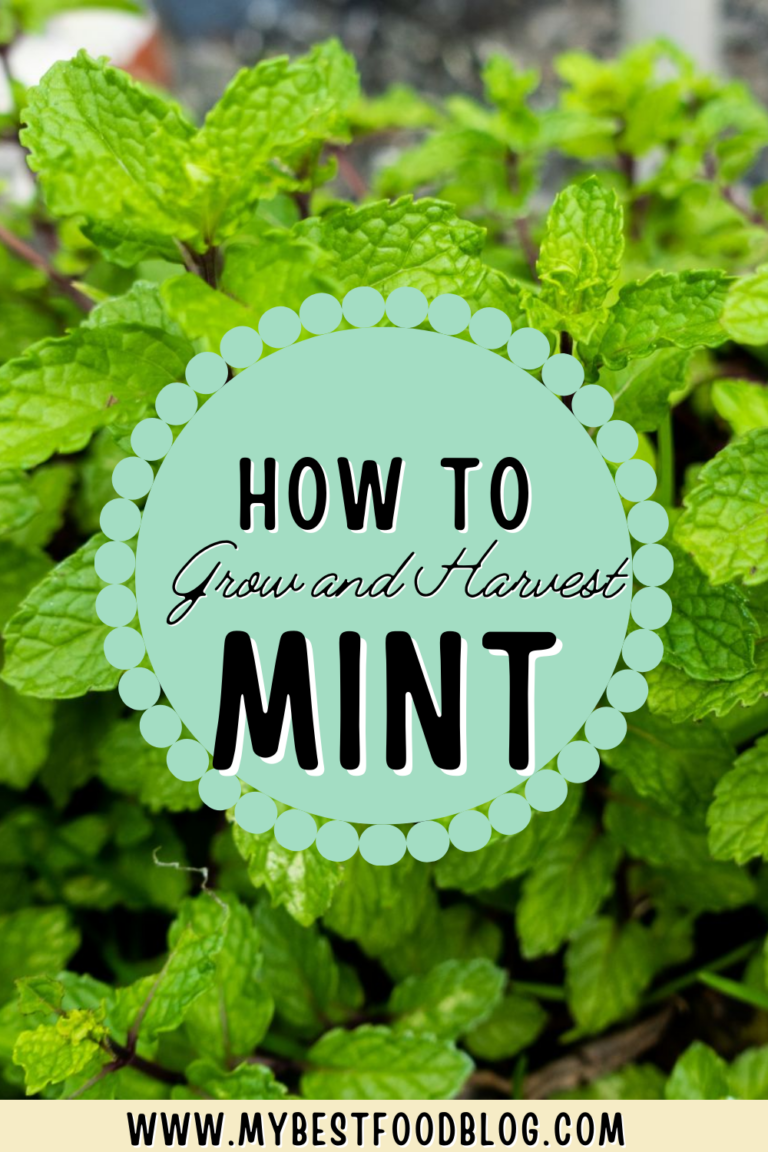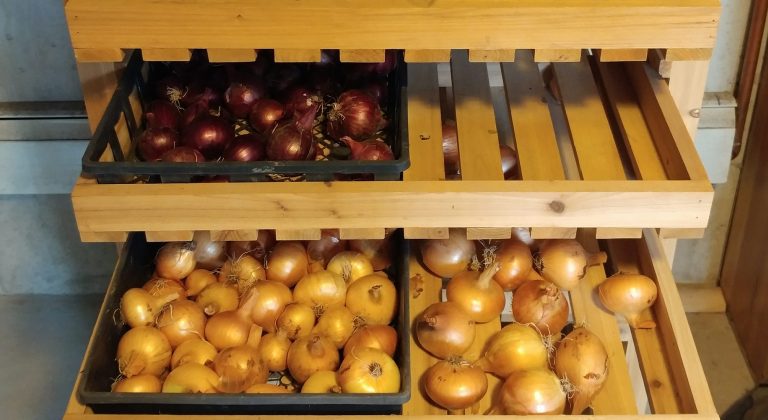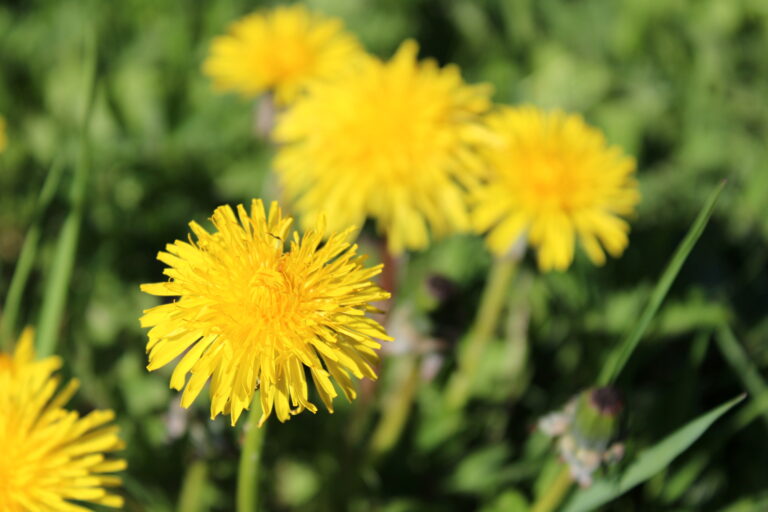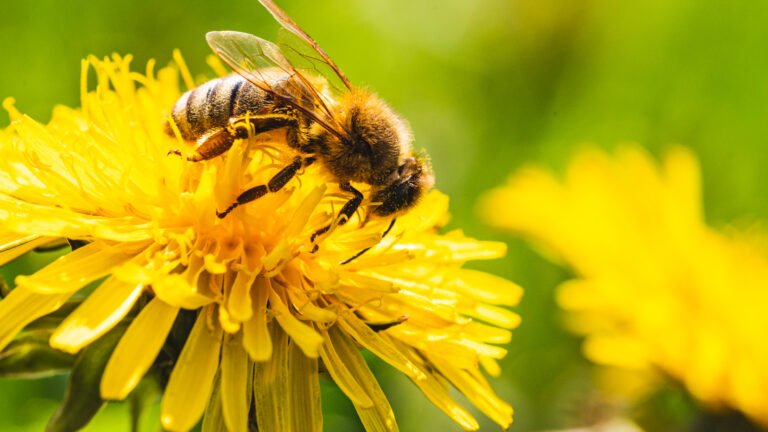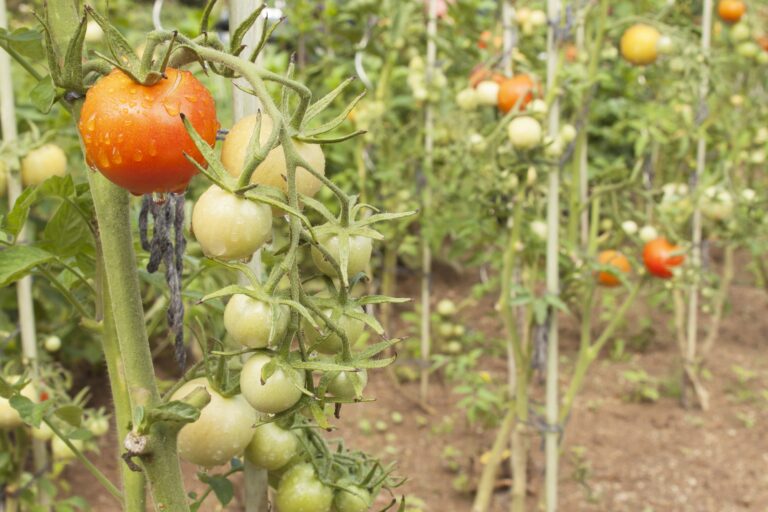This post may contain affiliate links.
Seedlings grown in indoors need a little bit of TLC before they are ready to be transplanted to their new garden home. If you simply take a seedling from under a grow light and plant it in your garden, you may be very disappointed at the result. Your seedling faces three dangers from this too-quick transition – getting a sunburn, getting too cold, or getting squashed by wind and rain.

Remember, your grow room was likely heated or kept warm by specially-designed grow lights, and your seedlings got used to that nice cushy environment. You need to “harden off” those little guys so that they are prepared for the real world, just like a kid being sent to live on their own.
Note: the best time to transplant most seedlings to your garden is when any danger of frost has passed and nights are staying above 50 degrees (there are some exceptions for hardier plants but usually anything earlier is better planted by seed).

Tips to Prepare your Seedlings for Transplanting
Set up a Fan in your Grow Room
Long before transplanting time comes around, your seedlings can grow stronger and more stable if you give them a bit of “artificial wind” to grow up against. Set a rotating fan in your growing room to gently sway your little plants. In reaction, they will focus on growing a strong, stable stem that will be more ready for the next phase of their life.
This is kind of like having your children do chores, learn to balance a check book, or cook their own dinner while they are young. They are still under your roof and protection but you are giving them some strength they will need later in life.
Read more about planting and caring for seedlings in our series on starting seeds indoors.

Move Seedlings to a “Transition Place”
About three weeks out from planting time, consider moving your plants to a spot that is closer to nature, such as a sun porch. It should be a place that gets a good amount of sunlight but maybe not all day. It should also be a place where the plants can adapt to some wind and slightly colder temperatures.
If you don’t have a sun porch, consider moving the plants outside to a spot with indirect sunlight during the day. You can move them indoors at night if it is still getting cold. A deck, driveway, or patio could work. Remember to water your plants well and pay close attention to the weather – don’t mistakenly leave them all outside for a frosty overnight!

but don’t leave them out overnight if it’s going to be colder than 50 degrees.
This is kind of like sending a kid to college. They are “on their own” but not 100% unsupervised or unguided. They can spread their wings (or vines) and start to enjoy the freedom but someone is still there to make sure they don’t freeze.

Move seedlings to a protected spot in the garden
About a week ahead of planting time, start giving your seedlings the experience of being in the garden. Place them in one of your garden beds or rows, but don’t move them out of their pots yet. This will help them get used to the weather conditions and sunlight that your garden has to offer before the shock of losing their cozy little potted home.

To be really careful, consider covering the seedlings with a row cover for the first few days and giving them just a few hours of direct sunlight a day. Here is a great how-to for building a raised bed with a row cover! Gradually take away this “crutch” as the week goes on. By the time you’re ready to plant, your plants will feel like they are at home.
I like to think of this as the plant’s internship or apprenticeship. They are learning how to survive for themselves and what is expected of them when they enter the real world. It’s a practice run.
Time to Transplant!
The big day has come; it’s time for your plants to graduate and enter the real world on their own! As you get ready to transplant, make sure that you have your supplies ready. You’ll need compost and water at minimum. Some plants will greatly benefit from fertilizer too. Coming soon – all the directions you need to give your plants their best chance to thrive when transplanted!
[mailerlite_form form_id=2]
Carrie Williams Howe is an educational leader by day and an aspiring homesteader by night and weekend. She lives on a small homestead in Vermont with her husband, two children, and a rambunctious border collie. She blogs about her family's homestead life at The Happy Hive.


